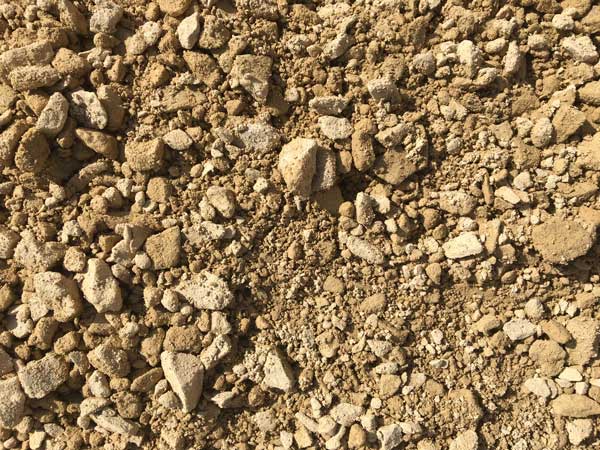my5thmopar
Life Long MOPAR Owner
I removed a poorly done concrete floor in my shop. It was severely cracked and not level. I found 3/8 clean crushed limestone as a base. I'm sure this was done to make it easy and supposably self-compacting, on the solo pour 25 years ago. I have to add 7-8 inches of fill to get to the new floor level before the pour. I'm raising the floor to fix the driveway approach. It has to be done, so no deviation from the plan. The ceiling is going to be at 8'6'. Here's the issue...The base is already 18-20 inches deep and doesn't seem solid. If you ever walked in pea gravel, you know what I mean. Again 3/8 "clean" crushed limestone. I haven't tried to compact it and I don't think you can. I want to add #57 and compact it but, not sure how that works on top of the 3/8. Any ideas? Craig


















